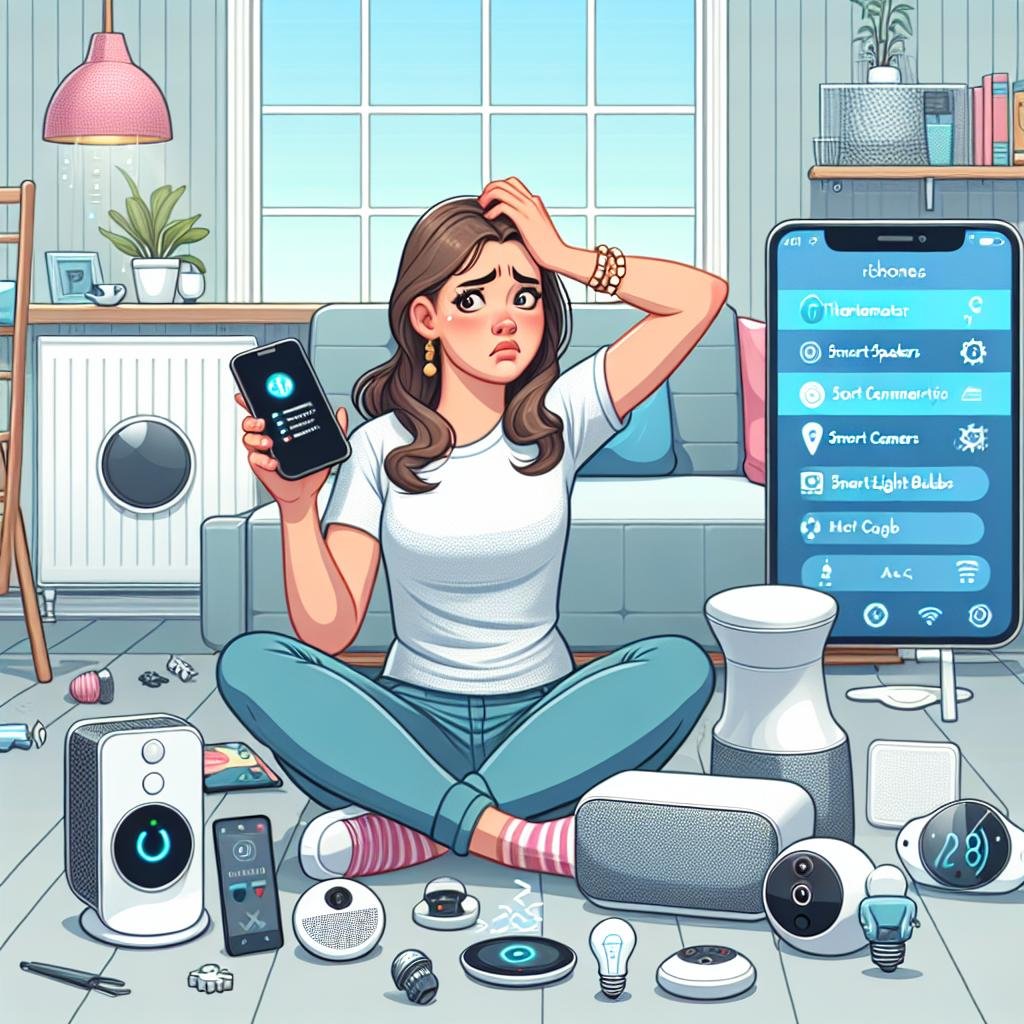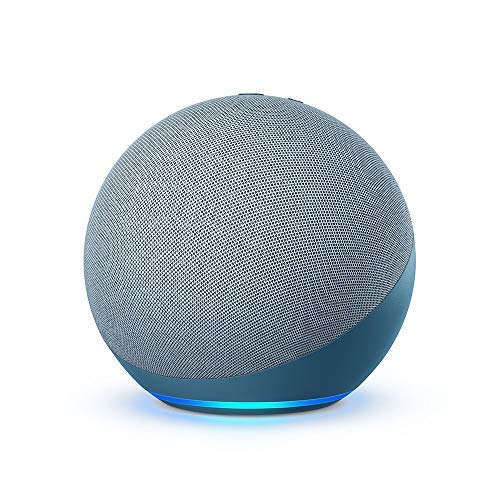
Introduction: The Costly Smart Home Mistake You Need to Avoid
Smart home technology promises convenience, automation, and efficiency. However, many beginners and even experienced enthusiasts make critical mistakes when setting up their systems.
One of the biggest mistakes? Building a smart home with too many different ecosystems and fragmented devices.
I made this mistake myself, and it led to frustrating disconnections, app overload, and a lack of seamless automation. In this post, I’ll share what went wrong and how I plan to fix it—so you can avoid making the same missteps in your own smart home setup.
- YOUR HOME, IN THE PALM OF YOUR HAND: Invite intelligence into your home; Beyond charging your device, SmartThings Statio…
- SUPER-FAST WIRELESS CHARGING: With Super Fast Wireless Charging, SmartThings Station will charge your compatible phone i…
- SIMPLE, INTUITIVE CONNECTION: Start your smart life in a snap; Link your hub through a pop-up on your SmartThings app, t…
The Biggest Smart Home Mistake: Lack of a Unified Ecosystem
What Went Wrong?
When I first started building my smart home, I bought devices based on convenience, price, and features—without considering whether they would work well together.
This approach led to a house full of smart devices connected to different platforms such as Alexa, Google Assistant, and Apple HomeKit. The result? A disjointed experience where:
- Some devices didn’t communicate with each other.
- I had to use multiple apps just to control my lights, thermostat, and security cameras.
- Automation routines were limited due to incompatibilities between ecosystems.
In short, my smart home became an unorganized mix of disconnected gadgets instead of a seamless, automated environment.
Why a Fragmented Smart Home is a Problem
A mix of incompatible devices makes basic tasks frustrating. For example, while my smart thermostat worked perfectly with Google Assistant, my smart locks only supported Alexa.
This meant I couldn’t create a simple automation like setting the thermostat to “away mode” automatically when I locked the door.
Similarly, I had to remember which app controlled which device, leading to a poor user experience. It felt like I was spending more time troubleshooting than actually enjoying my smart home.
- 1 x 4″ Woofer & 5 x Beamforming Tweeters
- Siri Built-In for Voice Control
- Compatible with Matter and Thread
How to Fix a Disconnected Smart Home
1. Choose a Primary Smart Home Ecosystem
To create a more streamlined experience, you need to pick a main smart home platform. The top choices include:
- Amazon Alexa: Best for voice control and extensive third-party integrations.
- Google Home: Excellent for natural voice interactions and Google service integration.
- Apple HomeKit: Great for privacy-focused users and seamless iOS/macOS integration.
By choosing one as your primary ecosystem, you ensure that most (if not all) of your devices work together effortlessly.
2. Prioritize Devices That Support Matter or HomeKit
A major step to fixing smart home fragmentation is switching to devices that support Matter. Matter is a new smart home standard designed to unify different platforms, allowing devices to work across Alexa, Google Assistant, and HomeKit seamlessly.
Similarly, Apple’s HomeKit ensures high security and smooth operation within Apple’s ecosystem.
When buying new devices, look for ones that specifically mention compatibility with these standards. This guarantees better interoperability.
3. Consolidate Your Smart Home Apps
Too many apps can make controlling your devices overwhelming.
To simplify things:
- Use a central app like Home Assistant or your chosen ecosystem’s app (Google Home, Alexa, or HomeKit).
- Set up routines and automation within one single app instead of multiple ones.
- Avoid downloading manufacturer-specific apps unless absolutely necessary.
This makes device control easier and more intuitive.
4. Invest in a Smart Home Hub
A smart home hub acts as a central control center, improving communication between devices. Common hubs include:
- Amazon Echo (for Alexa users)
- Google Nest Hub (for Google Home users)
- Apple HomePod (for HomeKit users)
- SmartThings Hub (for broader device integrations)
A hub can reduce wireless congestion and improve automation without relying on multiple cloud services.
5. Plan Your Smart Home Before Buying More Devices
One of the best ways to avoid smart home chaos is to plan your setup with compatibility in mind before making new purchases.
Consider these steps:
- List the features you want in your smart home (e.g., voice control, automation, security).
- Determine which ecosystem best supports your needs.
- Check for device compatibility before making a purchase.
- Prioritize brands that commit to interoperability, such as Philips Hue, LIFX, TP-Link Kasa, and Eufy.
By planning ahead, you can create a smart home experience that works smoothly rather than one full of frustrations.
- BUNDLE INCLUDES:Google Nest Hub 2nd Generation with English, Spanish, French and Portuguese Global Language Compatibilit…
- IT WORKS EVERYWHERE Easy to use and will automatically start up in English when connecting to your device for the first …
- BLENDS RIGHT INTO YOUR HOME Looks great on a nightstand, shelf, countertop – or the wall. This Nest Hub is small and mig…
Conclusion: Build a Smarter, More Unified Smart Home
A smart home should make life easier—not more complicated. By keeping your devices within a single ecosystem, choosing interoperable products, and reducing the number of apps needed, you can create a home that truly works for you.
If you’re just starting out, take the time to research and plan your setup before investing in devices. And if you’ve already made the same mistake I did, don’t worry—by making a few strategic adjustments, you can fix your fragmented smart home and enjoy a smoother experience.
Interested in optimizing your smart home setup? Check out more guides on the best smart devices and automation tips to make your home smarter, more efficient, and frustration-free!
- New look, new sound – Echo delivers clear highs, dynamic mids, and deep bass for rich, detailed sound that automatically…
- This bundle contains Echo (4th Gen) in Twilight Blue with “Made for Amazon” Echo Wall Mount in White.
- Place your Echo (4th Gen) anywhere on the wall, then tilt & swivel it for the best audio. Swivels 150º and tilts 30º for…



